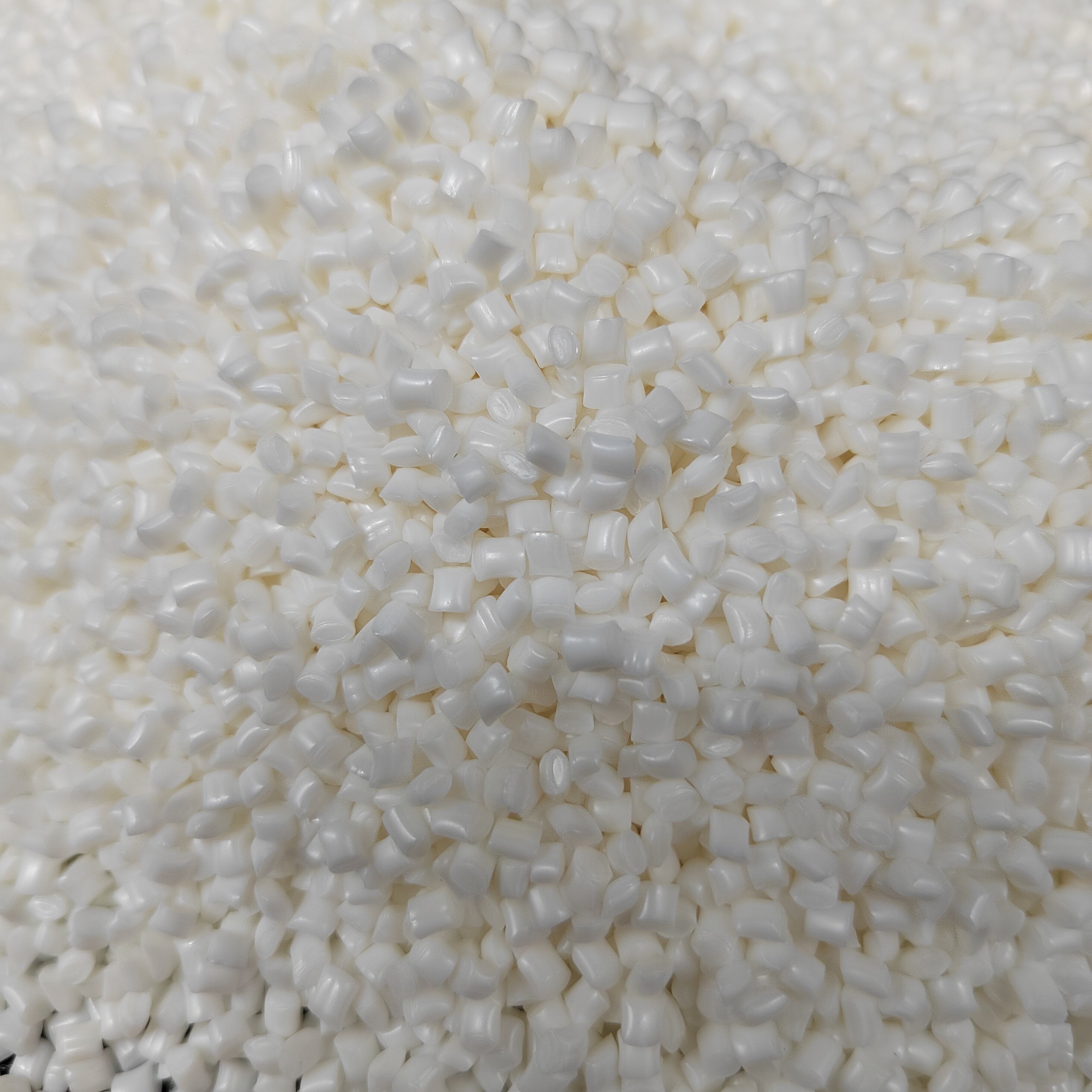Email format error
Email cannot be empty
Email already exists
6-20 characters(letters plus numbers only)
The password is inconsistent
Email format error
Email cannot be empty
Email does not exist
6-20 characters(letters plus numbers only)
The password is inconsistent

Offer Technical Support and Customized Solutions
The company is committed to creating new and improved plastic materials to meet the evolving demands of the market.

The Challenge of Halogen-Free Flame Retardant Modification for ABS
Introduction
ABS flame retardant is a flame retardant used to achieve flame retardant effect on ABS plastic. ABS is a terpolymer of acrylonitrile, butadiene and styrene. As one of the five major synthetic resins, it is currently the polymer with the largest output and the most widely used. It organically unifies the various properties of PS, SAN and BS. It has excellent mechanical properties of toughness, hardness and rigidity. TOPONEW, a manufacturer of modified plastic particles, talks about the modification problems and current situation of ABS flame retardants in this article.
Halogen Flame Retardant ABS
In order to meet the flame retardant performance requirements of UL94 V-0 (1.6mm), while taking into account the mechanical properties and coloring properties, especially to maintain a certain toughness so that the notched impact strength of the material is not greatly affected, in the field of halogen flame retardant, it has been With many solutions;
Halogen-free Flame Retardant ABS
Also in the field of halogen-free flame retardant, red phosphorus flame retardant is a halogen-free flame retardant solution with high flame retardant efficiency. It meets the two requirements of flame retardant performance and mechanical properties, but it is selected as ABS flame retardant , the ABS flame retardant material made from it cannot meet the coloring performance requirements due to its very dark color, and can only be used in black or dark colors. The current situation is that it must meet the three requirements of flame retardant performance, mechanical properties and coloring performance at the same time. The halogen-free flame retardant modification of ABS under the premise of basic conditions has always been a recognized problem in the field of flame retardant modification around the world. No very good mature solution has been found at home and abroad. Analyzing the main reasons, there are mainly two reasons:
Reason Ⅰ
As a terpolymer, ABS’s own halogen-free flame retardant solution is very difficult to achieve; in fact, other one-component polymers (such as nylon, PBT, PP, PC, PET, etc.) , because it only needs to solve the halogen-free flame retardancy of a single polymer, the halogen-free flame retardancy of these materials is often relatively easy to achieve, and many countries already have good solutions; while ABS is very different, it requires Meet the halogen-free flame retardancy of acrylonitrile, butadiene and styrene at the same time, and these three component materials often require different flame retardant mechanisms. In view of this, although many countries have been exploring for many years, so far So far, there has not been a halogen-free flame retardant solution with an addition amount of less than 30%.
Reason Ⅱ
Some halogen-free flame retardant solutions that have been successfully developed in the world mainly include: dehydration cooling flame retardant systems based on aluminum hydroxide or magnesium hydroxide, and expansion flame retardant systems based on polyphosphate amine. , flame retardant systems based on alkyl or aryl phosphate (or phosphonate) flame retardant plasticizers, etc. The addition amount of these ABS flame retardant systems is generally above 35%, often If the filling amount is too large, or the plasticizing effect is too large, it will have a great impact on the performance of the material, especially the notched impact strength, so the above three basic conditions cannot be met.

